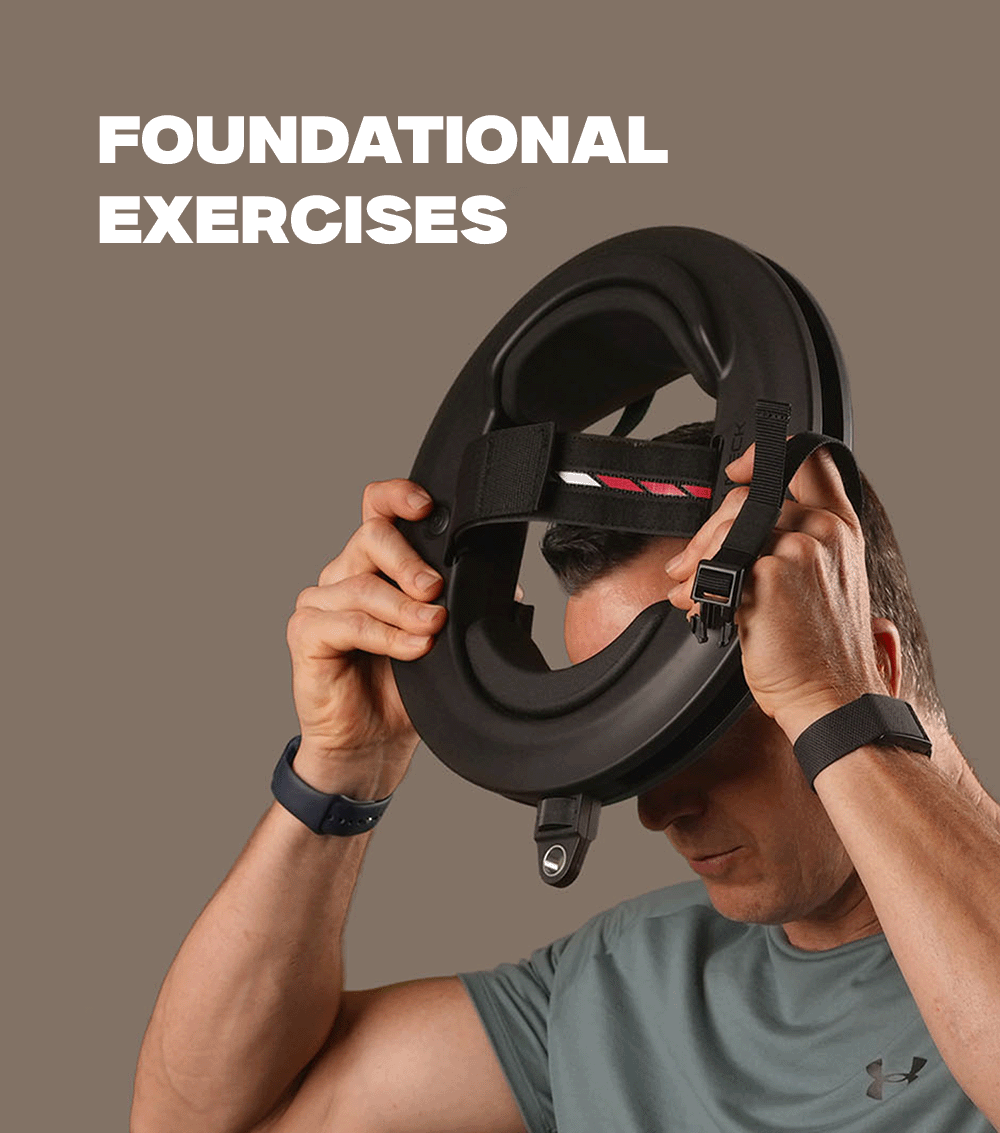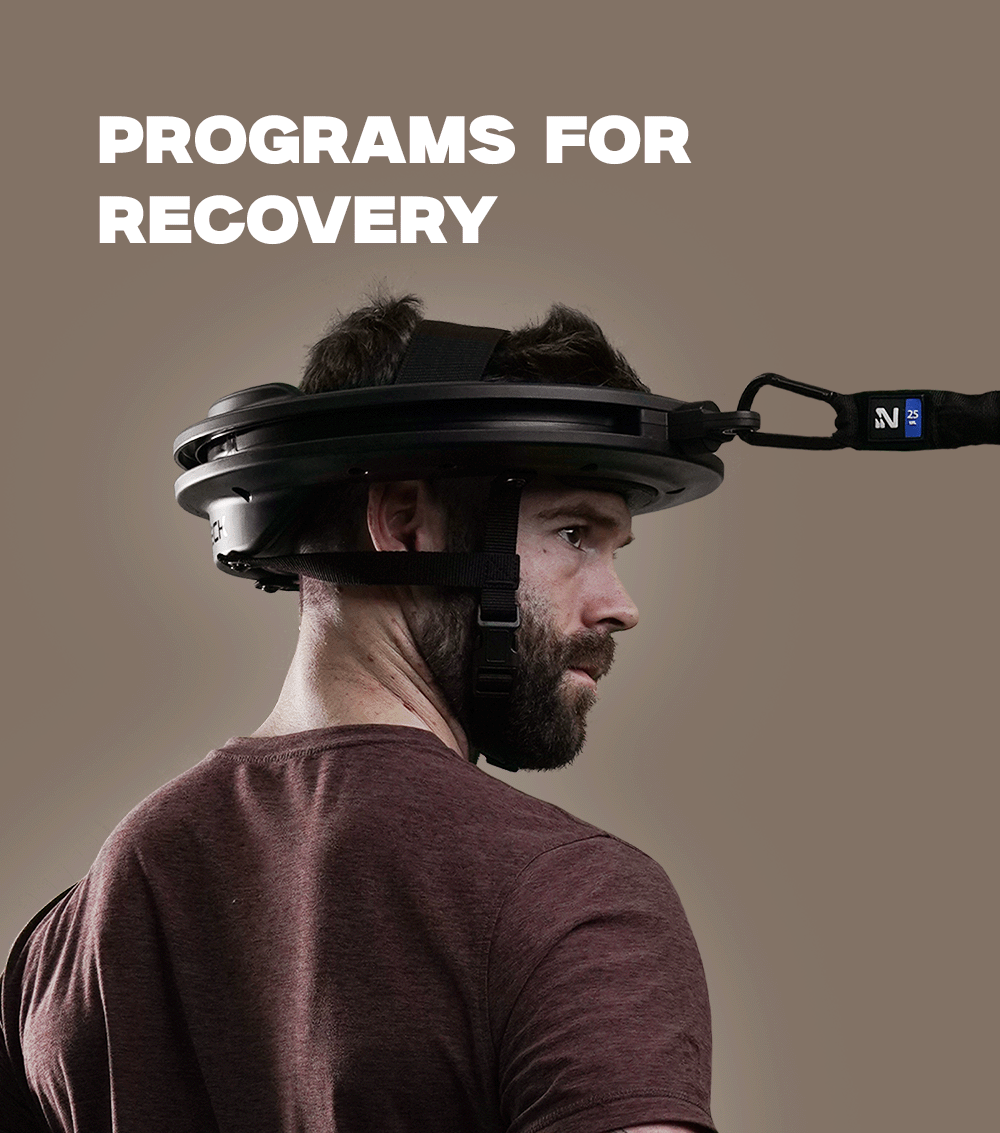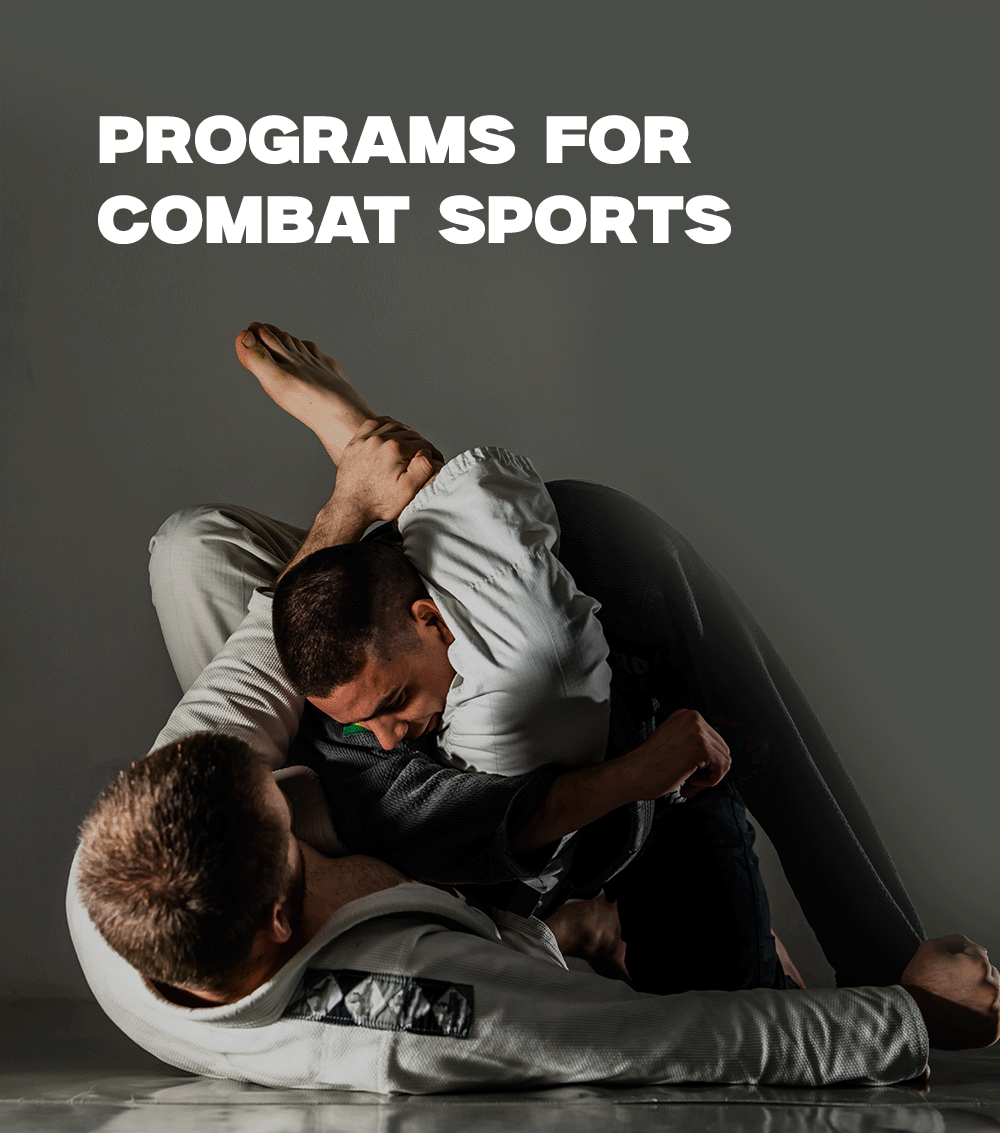You probably already realize that with age, exercising and stretching become more and more important. They say that if you don’t use it, you’ll lose it. What this means is that if you sit stagnantly, you'll lose strength and mobility. This can result in pain and mobility problems. Over time, these weaknesses and immobilities will show themselves in your inability to perform basic tasks like standing up on your own, cleaning, reaching, etc.
This is why experts recommend that seniors continue exercising as they age, to keep their body feeling as young as possible.
And today, we're going to talk about one of the most neglected areas of training in not just elderly adults, but everyone - the neck. Neck training offers all sorts of benefits - including improved posture, decreased risk of injury, and better mobility.
But with age, the body - namely the spine - becomes more fragile. This begs the question - are neck exercises safe for seniors? And if so, is there really any benefit to this type of exercise?
We'll answer these two important questions in just a moment. Then, we'll share some of the best neck stretches and exercises for seniors in particular. Whether you’re an older adult yourself or you have someone in your life that could benefit from this knowledge, you won’t want to miss this one.
Are Neck Exercises Safe For Seniors?
Above all else, the safety of the elderly should be emphasized in any exercise program. The last thing you want is to cause more harm than good with improper techniques and movements. This is a real cause for concern, especially with a delicate, important area like the neck. When done incorrectly, issues like neck strain, pinched nerves, or muscle impingement are valid causes for concern.
The good news is that neck exercises and stretches are not inherently dangerous for anyone - including seniors. The only instance in which these movements become unsafe is with improper technique or excessive load.
That means that seniors should carefully study these movements before attempting to perform them - or better yet, rely on the assistance of a professional trainer. By performing slow and controlled movements at all times, there is no cause for concern. And as long as the load (weight or resistance being used) isn't excessive, performing these movements isn't just safe - it offers a ton of benefits!
What Are The Benefits Of Neck Exercises For Seniors?
We'd go as far as to say that the only thing that is unsafe is omitting neck stretches and exercise from your wellness regimen. That's right - if you don't incorporate these movements into your training, you will develop a poor range of motion, poor posture, weakness/instability, and an increased risk of injury.
A strong neck is a resilient, healthy neck. Here are all the reasons you or the seniors in your life should make neck strength and mobilization a priority.
Improved Posture
As you age, you'll spend less time moving - and more time sitting around. Whether you relax on the couch watching TV or out on the deck reading a book, one thing is for sure - you'll begin to experience sacrifices in your posture. Specifically, your neck posture. Why is that?
As you read or watch TV, your head naturally extends towards your target. This forward head posture must be rectified by strengthening the muscles on the back of your neck.
Stronger, More Resilient Neck
Neck strength may sound like something you don't need. But, a strong neck is more resilient than a weak, undertrained neck. You'll be less susceptible to injury. If you experience a fender bender or minor fall, you'll have a much lower chance of developing whiplash injuries if you strengthen your neck.
Moreover, you'll decrease your chances of osteoarthritis or other degenerative conditions by strengthening the muscles that surround the cervical spine.
Decreased Neck Pain
Neck pain is something we all experience at some point. If you have neck pain for no reason, however, it could be an indication of weakness or muscular imbalances. By training your neck, you can eliminate the sources of pain. Don’t just reach for a bottle of anti inflammatories - address the root cause of your pain through exercises and stretches.
Better Range Of Motion
If you find that in your old age you have a harder time turning your head, it's because mobility and range of motion decrease with age. But there are certain neck stretches and exercises that allow you to actively increase your mobility and range of motion.
The Best Neck Exercises & Stretches For Seniors
So, yes - neck exercises are safe for seniors. Not only that, but certain exercises and stretches offer benefits that will improve quality of life. As such, you should make stretching and exercising the neck a part of your wellness routine as you age. Or, if you have a senior in your life that you care about, encourage them to start taking their wellbeing seriously through exercise.
Where should you start, though? Fortunately for you, we've compiled a list of our favorite neck stretches and exercises for seniors. These are completely safe when done correctly, and offer all the benefits we listed above. Let's get started with some gentle neck stretches to help increase mobility and minimize pain and tension:
Neck Extension Stretch
Sit down in a chair with proper posture. Slowly raise your head backward to look up at the ceiling. Go as far back as you can without sacrificing comfort or technique. Find the point where you feel resistance on the front of your neck, and hold the position. Then, after holding for 5-10 seconds, return to the starting position.
Over time, you'll develop a greater range of motion and you'll be able to extend back further. The goal is to get the back of your head to touch your upper back.
Neck Flexion Stretch
Neck flexion is the exact opposite of the extension stretch we just discussed. It's important to perform both to prevent imbalances.
Use the same starting position. But this time, push your head forward and down - looking towards the floor. If needed, you can put your hands on the back of your head to help you push down. Remember - don't push yourself into pain. Go until you feel resistance, stop, and hold for 5-10 seconds.
Neck Side Flexion Stretch
The two neck stretches above do a wonderful job of activating and mobilizing the front and back of your neck. But, the cervical spine has muscles all around it - on the sides, too. That's where the neck side flexion movement comes in.
Here, you'll find the same starting position. This time, bring your head to your shoulder. You can start with either the right shoulder or left shoulder - it doesn't matter, because you'll perform this movement on both sides.
Again, you can use your hand to help try and bring your left ear to your left shoulder, and then your right ear to your right shoulder. Just make sure to perform slow, controlled movements and to not extend past the point of resistance. Pushing yourself beyond this point is how you increase your chance of injury or pain.
Neck Rotation Stretch
Another stretch we recommend older adults perform is the neck rotation stretch. This movement is a great addition to your exercise program for increasing range of motion and mobility.
Begin with your head straight ahead in the neutral position, and then slowly turn your head to the left side. Hold this position for 5-10 seconds, and then return to the starting position.
The goal is to make a full 90-degree turn so that you're looking in line with your shoulder. However, your existing mobility will dictate how far you can go. We don't want to beat a dead horse, but never extend beyond your comfort zone. Over time, you'll be able to rotate further and further.
Neck Retraction & Protraction Exercise
You can perform this movement by either sitting or standing, but standing will also help engage your core. Start with your head straight and your spine in the neutral position. Then, place your hand on your chin and gently push your head back. You'll feel a light stretch in your posterior neck muscles (back of your neck) with some muscular engagement in the anterior neck muscles (front of your neck).
Hold this for a few seconds before releasing and allowing your head to return to the starting position. Do this 5-10 times.
Turning These Stretches Into Exercises
Once you've performed the stretches above, you can progress to some resistance exercise. This will actually build your strength up. It is as simple as adding some form of resistance to the movements above. You can do this using a neck harness and resistance loop bands. Start with the lowest amount of resistance possible. Or, if you want to really take your neck training seriously, invest in the Iron Neck. This piece of neck training equipment is as good as it gets.
Final Thoughts On Neck Exercises & Stretches For Seniors
Before beginning any type of exercise, we recommend that older adults seek professional medical advice. You may have some preexisting factors that prevent you from safely performing the movements above. It's always better to be safe rather than sorry.
Once you've been given the green light to start exercising and stretching, remember to go slow. You'll be able to push yourself a bit further week after week, so there is no need to rush into anything. Follow our advice above, and you'll be well on your way to building a strong, mobile neck that resists injury and stays pain-free! If you're looking for additional exercises, here are some resources worth checking out:






